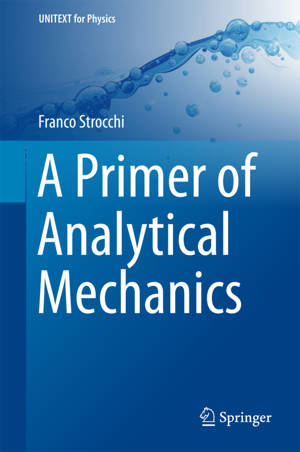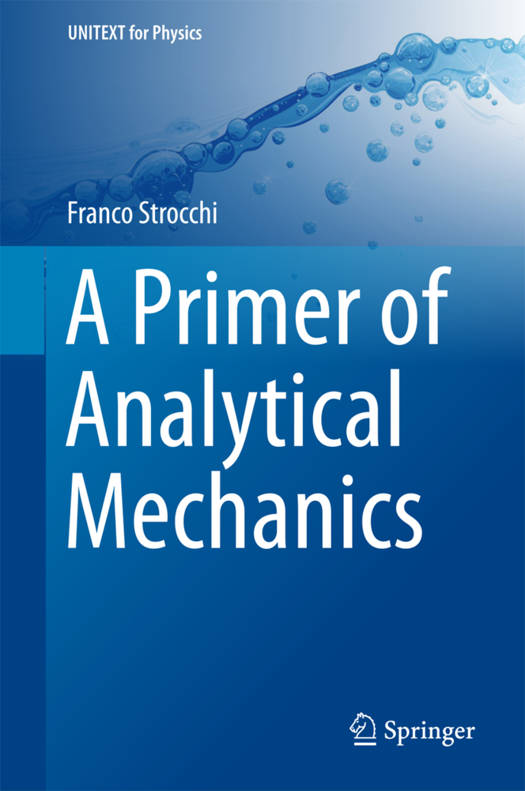
- Retrait gratuit dans votre magasin Club
- 7.000.000 titres dans notre catalogue
- Payer en toute sécurité
- Toujours un magasin près de chez vous
- Retrait gratuit dans votre magasin Club
- 7.000.0000 titres dans notre catalogue
- Payer en toute sécurité
- Toujours un magasin près de chez vous
73,95 €
+ 147 points
Format
Description
Examines the physical motivations for Lagrangian and Hamiltonian mechanics
Emphasizes the effectiveness of Analytical Mechanics for solving mechanical problems with regard to the Cartesian Newtonian approach
Includes many worked examples
Discusses the canonical structure of classical and quantum mechanics
Spécifications
Parties prenantes
- Auteur(s) :
- Editeur:
Contenu
- Nombre de pages :
- 114
- Langue:
- Anglais
- Collection :
Caractéristiques
- EAN:
- 9783319737607
- Date de parution :
- 19-03-18
- Format:
- Livre relié
- Format numérique:
- Genaaid
- Dimensions :
- 156 mm x 234 mm
- Poids :
- 358 g

Les avis
Nous publions uniquement les avis qui respectent les conditions requises. Consultez nos conditions pour les avis.






